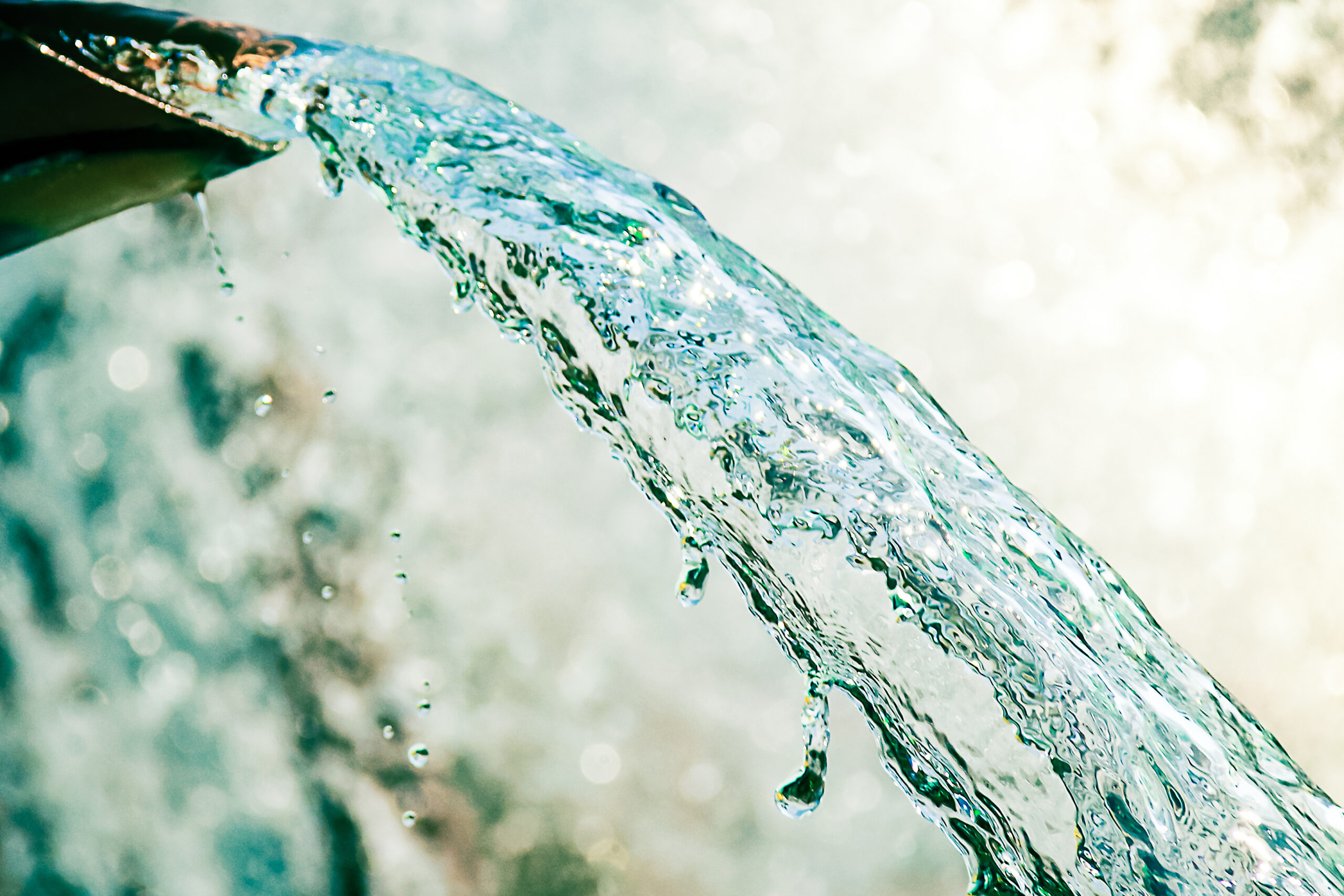Although Wageningen stands for green sustainable energy, Pauline Sosa Fernández has been working for four years on a method for optimizing oil extraction. She developed a technique for recycling water used in the extraction process, making it more sustainable.
In spite of the large-scale development of sustainable sources of energy, demand for oil just keeps on growing. So the oil industry is looking for ways of getting the maximum out of every oil well. One way of doing this is to use thickened water to flush out old oil wells that still contain more than half the amount of oil they started out with. But that flushing process requires four to eight litres of water per litre of oil. Sosa Fernández developed a method for recycling that water, thereby saving a lot of water. She filtered salts out of the water with membranes and electric current.
Disruptive salts
To flush out oil wells, the oil industry uses viscous water. That viscosity is a result of polymers added to the water. ‘These are long strings that form a tangled net,’ says Harry Bruning, one of Sosa Fernández’s supervisors. ‘That makes the water gloopy, making it easier for it to push oil out of the ground.’ In the process, the water also takes salts out of the ground, and these disrupt the network of chemicals, causing the water to lose its viscosity.
‘In the recycling process, we want to filter out those disruptive salts while keeping in the chemicals that cause the viscosity,’ says Bruning. PhD scholar Sosa Fernández succeeded in that, channelling the water into small compartments sealed off to the left and right with membranes that let the salt through. She then sent an electric current through the water. Because salt consists of charged particles, the current acts like a magnet, attracting positively charged salt particles through the left membrane, and negatively charges ones through the right membrane. The water with chemicals dissolved in it is then left behind.
Addicted to energy
One problem is that the chemicals in the water are charged too, and move with the electricity. They are too large to get through the holes of the membrane, so they remain stuck to it. ‘That forms a layer of slime that blocks the membrane,’ says Bruning. To unblock the membrane, Sosa Fernández briefly reverses the direction of the electric current, so that it temporarily pulls the chemicals in the opposite direction, clearing the layer of slime off the membrane.
Canada and China are currently running pilots using comparable recycling methods. Bruning thinks Sosa Fernández’s research can help them to achieve a realistic design that makes oil extraction a little more sustainable.
‘There will come a point when this technique – and oil in general – becomes redundant, but the energy transition hasn’t gone far enough for that yet,’ says Bruning. ‘In the west we are consciously working on sustainable, green energy, but that is not true of all the countries in the world. And given that we are all addicted to energy, we’ve got to keep on delivering it.’
Paulina Sosa Fernández graduated on 11 September 2020 with a PhD supervised by Huub Rijnaarts, professor of Environmental Technology.

 Foto: Shutterstock
Foto: Shutterstock 

